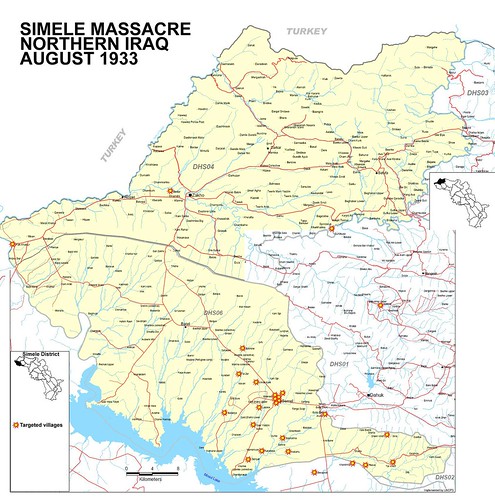The first Australian rules football match is played between Melbourne Grammar and Scotch College in Melbourne, Australia.
Australian rules football, often simply called “footy” or “Aussie rules,” is a unique and popular sport in Australia. Its history dates back to the 19th century, and it has evolved into a beloved and highly competitive sport in the country.
Early Influences (18th and 19th centuries):
Various forms of football were played in Australia during the 18th and 19th centuries, including rugby and soccer. However, these games were often played with different rules and lacked standardized regulations.
Emergence of a New Game:
In the 1850s and 1860s, several variations of football were being played in different parts of Australia. One of the key catalysts for the development of Australian rules football was the desire to create a distinctively Australian sport.
In 1858, the first recorded match of what would become Australian rules football took place between Melbourne Grammar School and Scotch College in Melbourne, Victoria.
Tom Wills, one of the participants in this early game, is often credited with co-developing the initial rules and shaping the sport. He drew inspiration from various indigenous Australian games and rugby.
Establishment of Rules:
In 1859, members of the Melbourne Football Club codified the first set of rules for Australian rules football. These rules laid the foundation for the modern game.
The sport quickly gained popularity and began to spread to other parts of Australia.
Formation of the Victorian Football League (VFL):
In 1897, the Victorian Football League (VFL) was established, marking the birth of a formalized and organized league. The VFL later expanded to become the Australian Football League (AFL).
National Growth:
Australian rules football continued to grow in popularity throughout the late 19th and early 20th centuries. It spread beyond Victoria to other states, including South Australia, Western Australia, and Tasmania.
Different regions adopted the sport, leading to variations in rules and playing styles. These regional differences eventually contributed to the diverse styles seen in today’s Australian rules football.
Evolution of the Game:
The sport has undergone rule changes and refinements over the years. It has grown in popularity both domestically and internationally.
Today’s Australian rules football features a fast-paced and dynamic game, characterized by high-scoring matches, an oval-shaped field, and a unique combination of skills, including kicking, handballing, and marking.
The Australian Football League (AFL):
In 1990, the VFL was renamed the Australian Football League (AFL). The AFL is the highest level of competition in the sport and consists of teams from various Australian states.
The AFL has continued to expand and has gained a significant following both domestically and abroad.
View Post
Popularity:
Australian rules football remains one of the most popular sports in Australia. The AFL Grand Final is one of the country’s most-watched sporting events, drawing huge television audiences.
International Exposure:
In recent years, efforts have been made to promote Australian rules football internationally. Exhibition matches and leagues have been established in countries like Ireland and the United States, leading to some global interest in the sport.


